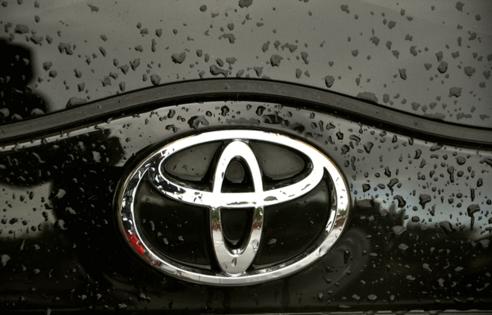Motormouth: Backup camera trouble
Published in Automotive News
Q: My Camry's backup camera does not work if it’s raining or snowy. Comes up disabled. Brought car into dealer. The response was that is how it works. Had an Avalon previously, and camera worked no matter what weather. Will Toyota ever have new software to rectify this as it is dangerous? I cannot see out of the back rear window as the rain blocks it, so I rely on the camera.
T.A., Bartlett, Illinois
A: I always say to clean the camera lens regularly, but a dirty camera lens is not your issue. And new software isn’t the answer either. Try checking the wire or connection to see if it’s loose. Corrosion is more likely the problem with the wire or its connection with the camera due to water seeping in. That’s why the camera won’t work when it rains or snows.
Q: I never miss your column, so I apologize if you've answered this already. I love my 2014 Accord and, with my mechanic officiating, I've promised until death us do part. But two things annoy me: push-button start and low-profile tires. What is advantageous about these things? I never forgot my keys until this, and low-profile tires are a nuisance.
M.F., Whitehall, Pennsylvania
A: Push-button start is convenient. You don’t have to hunt for the key slot. But security is the main reason. It makes theft much harder. Low-profile tires improve handling, but often at the expense of a softer ride. You are free to choose regular tires. Keep the key in your pocket, even when starting the engine.
Q: I was told my 2024 Chevy Malibu needs a rear-wheel alignment. It has 32,000 miles on the original factory tires and I figure I’ll replace them soon. Am I risking damaging anything by delaying the $100+ alignment service until then? I drive more than 1,500 miles monthly, including 20+ miles each way to work 5-6 days a week.
B.S., Pingree Grove, Illinois
A: You are risking fuel economy, safety, tire life and perhaps some repairs. Out-of-line wheels tend to drag somewhat, robbing fuel economy, which also affects the tires’ life. With the wheels in line with one another, the vehicle is easier to control and maintain a straight line down the road. You may drive the vehicle until you get new tires, but get the alignment when you do.
Q: Question: It seems to me that unless the vehicle will only be used in populated areas, a spare tire that can be used both front and rear is absolutely essential. Even better, a tire that's a readily available size. I've done a lot of long-distance driving, and one memorable flat came after damage on a logging road in Wyoming mountains ruined a tire. Luckily a service station in the next town had the right size tire to replace it. Even on interstates it's easy to be miles from service -- and what if it's after hours?
J.C., Cary, Illinois
A: Spare tires have mass that increases the weight of the vehicle. Weight reduces fuel economy. Spare tires, jacks and stuff add weight, take up space and increase cost. Consider this from the carmaker’s perspective. Depending on the vehicle, you can buy a spare tire.
©2025 Tribune Content Agency, LLC.








Comments